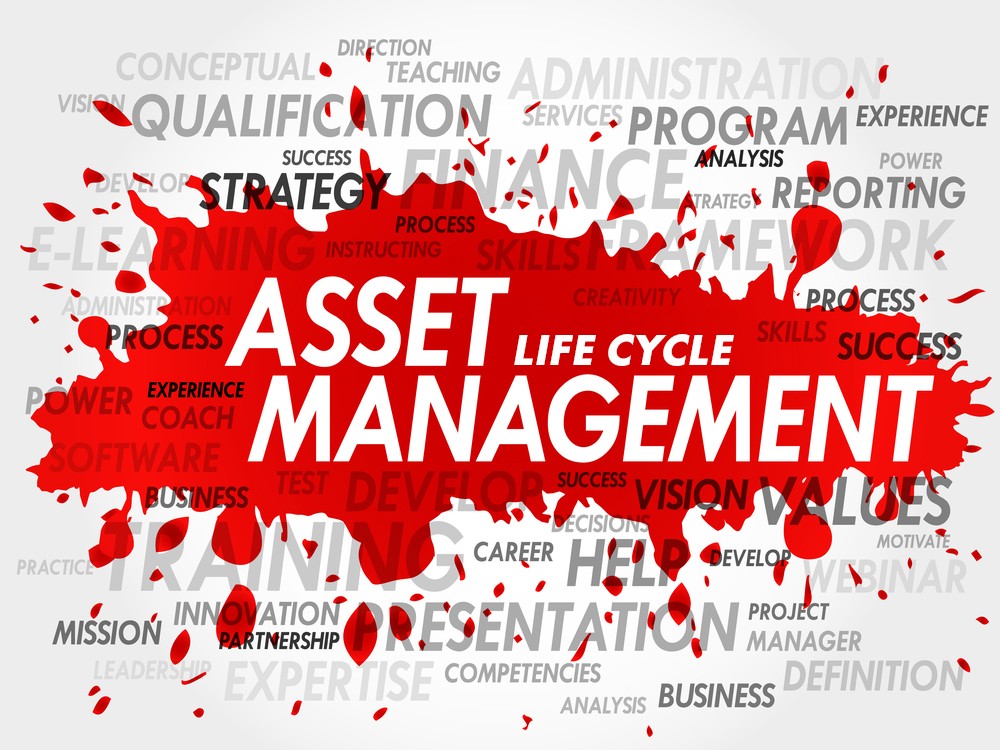The Four Stages of Asset Life Cycle Management

A manufacturing company’s balance sheet is loaded with assets, including equipment, vehicles, and real estate. Managing those assets to ensure they retain their benefit to the business is crucial. Asset managers are charged with asset life cycle management and should possess a keen understanding of each phase of the process. Done well, asset life cycle management is a boon to the company’s revenue — without being a detriment to its balance sheet.
Understanding the four stages of asset life cycle management, and how they factor into the oversight of important manufacturing investments, is the first step to asset management success.
📅 Planning
Before acquiring an asset, it’s important to determine how it will add value to the company. The planning stage is critical for deciding how best to leverage an asset and the logistics for acquiring it. Manufacturers should begin by evaluating current assets to address how the new asset will fill gaps in performance and production.
Budgeting is another essential part of the planning process. How will the new asset fit within the current budget? Will purchasing the asset help increase profits now or lead to enhanced revenues in the long run? The planning phase is designed to determine whether a new asset is a smart investment.
🗃️ Procurement or acquisition
The planning stage is followed by acquisition. During this phase, the procurement department should work to find a good supplier. Prioritize the company’s budget limitations in the search. A good budget will help determine whether the company should purchase an asset new or used. Once a supplier is chosen, the procurement department can negotiate to secure a good deal.
🛠️ Operation and maintenance
This is the stage at which a company installs and implements a new asset. To keep assets running at maximum efficiency, establish a consistent, proactive maintenance schedule. Routine asset oversight should include regular maintenance, service, and performance evaluation. A well-maintained asset will last longer and operate more efficiently.
Aside from keeping the asset up and running, it’s important to understand how it contributes to the value stream. Manufacturers should evaluate and document how assets help generate money versus how much they cost to operate and maintain.
♻️ Disposal
All assets meet an inevitable end. Asset managers should be able to identify when an asset has outlived its usefulness. It’s best to get rid of irreparable and inefficient assets. But first, you’ll need a plan for replacing it. After formulating a replacement plan, the disposal process can begin.
There are several ways to dispose of an asset and make some money in the process. Determining the asset’s salvage value versus its remaining usable life will help identify the most beneficial disposal opportunities. If the asset has value left in it, there might be a buyer willing to broker a deal. If the asset is antiquated or beyond repair, scrap is typically the best solution.

Cradle-to-grave considerations
From the instant a manufacturer decides to purchase an asset to the moment it has fully depreciated, assets require proper, continuous oversight. A dedication to asset life cycle management helps manufacturers realize the full potential of their assets and keep the potentially cumbersome costs of acquiring and maintaining them under control.